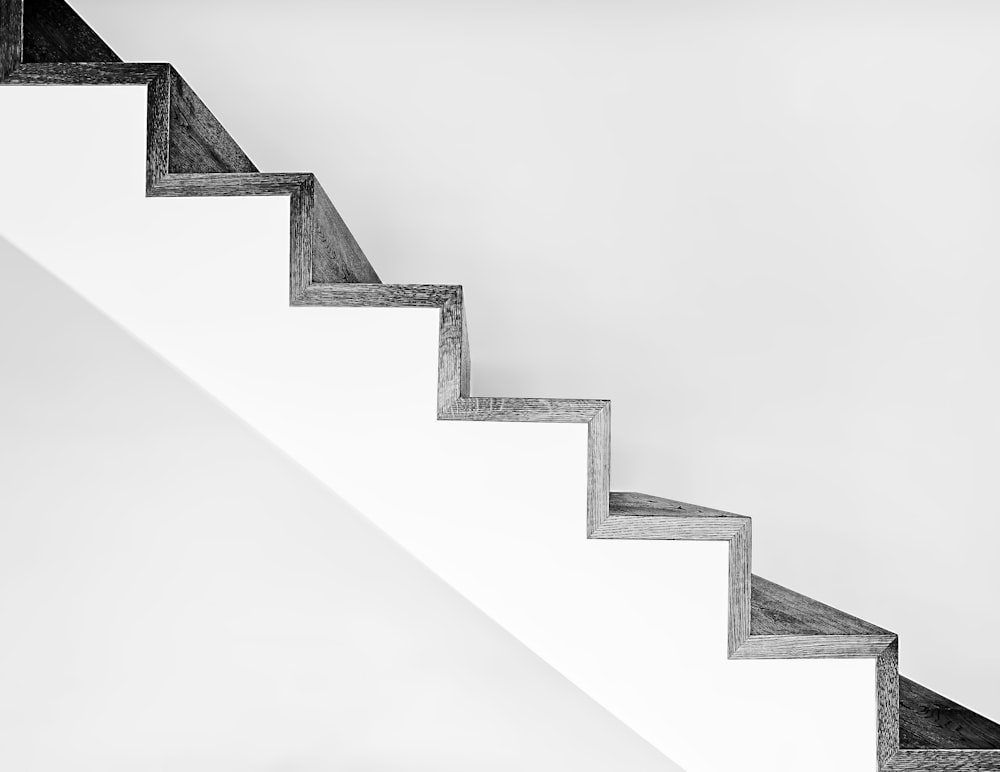目次
変形性関節症例における2足1段での段差昇降の弊害
変形性膝関節症例に対しては昔から患側保護のためにさまざまな日常生活指導が行われます.
しかしながら変形性膝関節症例の場合には両側罹患例が多いことから患側といっても両側に障害を抱えている方も少なくありません.
今回は変形性関節症例における2足1段での段差昇降の弊害を考えるうえで参考になる論文をご紹介させていただきます.

今回ご紹介する論文
Ann Biomed Eng. 2023 Jul 23. doi: 10.1007/s10439-023-03289-9. Online ahead of print.
Bilateral Asymmetry in Knee and Hip Musculoskeletal Loading During Stair Ascending/Descending in Individuals with Unilateral Mild-to-Moderate Medial Knee Osteoarthritis
Sirui Liu 1, Pouya Amiri 2, Alison H McGregor 3, Anthony M J Bull 2
Affiliations expand
PMID: 37482575 DOI: 10.1007/s10439-023-03289-9
今回ご紹介する論文は2023年に掲載された論文です.
研究の目的
Most cases of unilateral knee osteoarthritis (OA) progress to bilateral OA within 10 years. Biomechanical asymmetries have been implicated in contralateral OA development; however, gait analysis alone does not consistently detect asymmetries in OA patient gait. Stair ambulation is a more demanding activity that may be more suited to reveal between-leg asymmetries in OA patients. The objective of this study was to investigate the between-leg biomechanical differences in patients with unilateral mild-to-moderate knee OA.
片側性変形性膝関節症(OA)の多くは,10年以内に両側性変形性膝関節症に移行することが知られております.
生体力学的な非対称性は対側の変形性膝関節症の発症に関与しておりますが,歩行分析だけでは変形性膝関節症例の歩行における非対称性を一貫して検出することはできません.
階段昇降は変形性膝関節症例における脚間の非対称性を明らかにするのに適したより負荷のかかる活動であると考えられます.
この研究では片側の軽度から中等度の変形性膝関節症例を対象として脚間のバイオメカニクス的差異を調査することを目的としております.
研究の方法
Sixteen unilateral mild-to-moderate medial knee OA patients and 16 healthy individuals underwent kinematic and kinetic analysis of stair ascent and descent.
片側の軽度から中等度の内側型変形性膝関節症例16例と健常者16例を対象として階段昇降の運動学的および動力学的解析を行っております.
研究の結果
Stair ascent produced higher loading and muscle forces in the unaffected limb compared to the OA limb, and stair descent produced lower loading on the OA limb compared to healthy subjects. These biomechanical differences were apparent in the ankle, knee, and hip joints.
階段昇降では健常者と比較して,非障害肢に高い荷重負荷と筋力発揮が生じ,階段降段では健常者と比較して変形性膝関節症を有する側の膝関節に低い荷重負荷が生じておりました.
これらの生体力学的な違いは足関節,膝関節,股関節において明らかでありました.
研究の結論
The implications of these findings are that OA patients rely more heavily on their unaffected sides than the affected side in stair ascent, a strategy that may be detrimental to the unaffected joint health. The reduction in affected limb loading in stair descent is thought to be related to minimizing pain.
これらの知見の意味するところは変形性膝関節症例は階段昇降において,患側よりも非患側に大きく依存しているということになり,この戦略は非患側の関節の健康に有害である可能性があります.
階段降段時の患肢負荷の軽減は,痛みを最小限に抑えることに関係していると考えられます.
今回は変形性関節症例における2足1段での段差昇降の弊害を考えるうえで参考になる論文をご紹介させていただきました.
当たり前といえばあたり間の結果ですが,2足1段での昇降が対側の股関節・膝関節・足関節にとって過負荷となる可能性がありますね.
こういった結果を見ると何も考えずに健側から昇段して患側から降段するパターンを指導するのは問題でしょうね.
対側の機能も考慮した上での日常生活指導が必要ですね.






